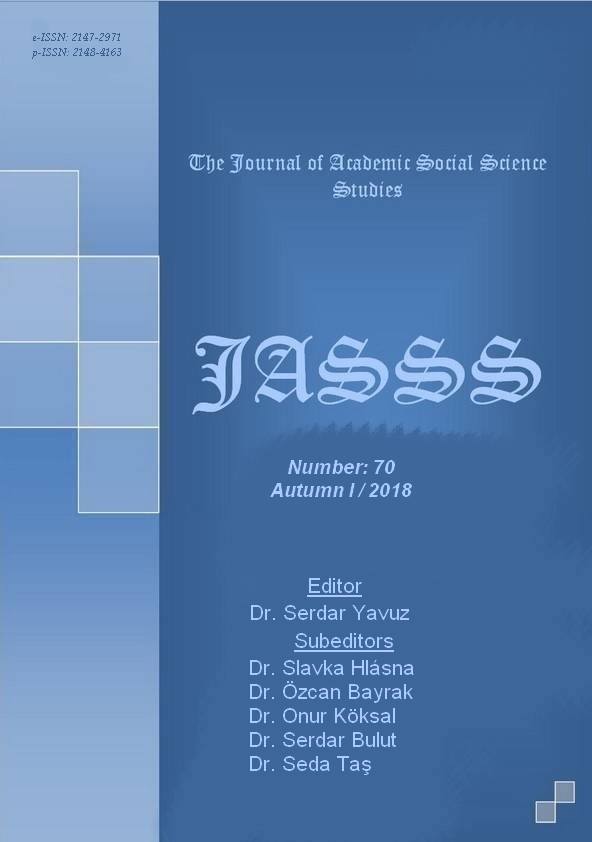Author :
Abstract
1850’lerden günümüze kadar çeşitlenerek gelen sergi anlayışı, hem kullanım amacına hem de hedef kitlesine göre farklılık gösterecek şekilde değişmiş ve kendi içerisinde araştırma alanları oluşturmuştur. Sergileme tasarımıyla yapılabilecek algı yönlendirmeleri, kontrollü deneyimler yaratabilmeye olanak sağlamaktadır. Araştırmada, ilgili algı yönetimi konusunda temel oluşturacağı düşünülen, sergileme-ziyaretçi-mekan başlıkları örneklerle incelenmiştir. Sergileme tasarımında mesajın iletileceği ziyaretçi için mekan, özne ve nesne görevlerini aynı anda üstlenebilmektedir. Ziyaretçilerin deneyiminin kontrolünün sağlaması noktasında, sergileme ve mekan ilişkisinin etkin olduğu düşünülmektedir. Günümüz teknolojilerinin sağladığı olanaklarla tasarlanan sergilemelerde, ziyaretçilerin farklı deneyimler yaşaması sağlanabilmektedir. Bu düşünceden yola çıkarak, yeni teknoloji ile tasarlanan sergileme örnekleri incelenmiştir. Yapılan incelemeler sonucunda, ziyaretçi-mekan ilişkisi bağlamında, eserle etkileşim içerisine girilebilmesine olanak sağlayan çoklu ortam teknolojilerinin ziyaretçi deneyimlerine katkıda bulunduğu ve sergileme sırasında yapılmak istenen algı yönlendirmelerinde önemli rol oynadığı düşünülmektedir.
Keywords
Abstract
The concept of exhibition, which has been diversified from the 1850s to the present day, has changed in such a way that it will differ according to the purpose of use as well as the target mass and has created research fields in itself. Perception directions that can be made with display design enable to create controlled experiences. In the research, exhibition, visitor-space and increased reality titles, which are thought to be the basis of related perception management, are examined. In exhibition design, space, subject and object tasks can be assumed at the same time for the visitor to whom the message will be transmitted. It is thought that exhibition and space relation is active at the point where the experience of the visitors is controlled. Exhibits designed with the facilities provided by today's technology can differentiate between exhibitions and exhibitions. In this way, examples of exhibitions designed with increased reality applications have been examined. As a result of the investigations made, it is thought that the multimedia applications which enable to interact with the history in the context of the visitor-space relationship play an important role in the visitor experiences and the perception directions to be made during the exhibition.





